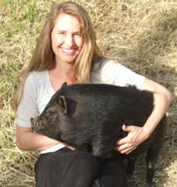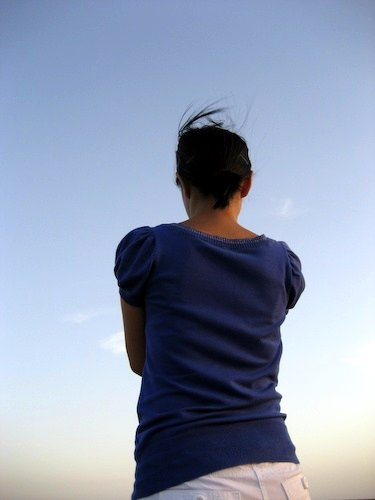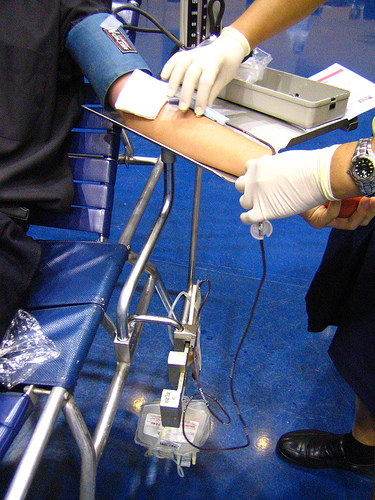I am participating in the 2012 Wordcount Blogathon, which means one post every day for the month of May.
Guest post exchange day was yesterday, but really, with so many phenomenal bloggers in the same challenge, how could I pick just one? Today’s guest blogger, Sarah, focuses on an area very close to my heart: animals, their relationships with people, and how they can facilitate healing. She just finished her first year of the Doctorate of Physical Therapy program at LSU-New Orleans. She is passionate about animals and children and plans on integrating animals into her physical therapy practice after she graduates.
As a lifelong animal lover myself, I am drawn to Sarah’s blog like a magnet, and am thrilled that she agreed to write for me. Today, she shares with us how animals and children with autism can have a very special bond.
When people envision their perfect life with 2.5 kids and a white picket fence they also usually include a pet in the picture. After parents hear their child given the diagnosis of “autism”, often the idea of having a pet is questioned. In general, animals definitely provide many benefits to their owners, but as Kirsten recently reminded me “If you’ve met one person with autism, you’ve met one person with autism.” So what works for one child or family may not work with another.
The cool thing is that there have been several groups that have seen a lot of positive effects in children with autism after interacting with animals.
Max is one of Austin Dog Alliance’s “special dogs” available for adoption.
Austin Dog Alliance has group social skill classes where they use dogs to teach children with autism and Asperger’s. Some of the topics touched on in these classes include verbal and motor skills, interacting with and empathy for others, and appropriate behaviors both in and out of the classroom. These same skills can be achieved with a pet at home. The child can practice speaking to the dog and learn to recognize and understand the animal’s non-verbal cues. In doing this they are maintaining eye contact, which some people with autism struggle with. They can also learn to care about and for another living creature. This lesson can then translate to their interactions with other people.
Horse Boy Foundation brings kids in contact with horses to help them through what they call a “simple 6 stage process”. They’ve found that allowing kids to lie down on a horse’s back cuts down on their stimming (a repetitive movement that self stimulates the senses). Interacting with the horse is good overall sensory work while the actual horseback riding can be soothing because of the rocking motion. Again, giving commands allows the child to work on verbalization. I know that for most people owning a horse is out of the question, but there are several places that have horseback riding lessons where your child could get some of the same benefits.
http://www.youtube.com/watch?v=V11E-N2pK_o (it’s a youtube video about the Horse Boy Method)
Lois Brady found that a potbellied pig named Buttercup works wonders with the children. She’s a speech language pathologist, so of course her focus is getting the children to talk. But she has found that her pig is great for sensory work because he has different textures in different places on his body. The best thing about him is that people don’t have preconceived fears about pigs, like they might with a dog or even a horse.
(Photo from: http://www.prweb.com/releases/animal_assisted_therapy/continuing_education/prweb9261001.htm)
Buttercup is a great example that really any kind of pet can be used to help with things like speaking, motor skills, empathy and self-confidence. Some people prefer to have an animal specifically trained as a service animal and that has its benefits as well. You can read my post about autism service dogs to learn more about them. The most important thing is to decide what animal (if any) will be a good fit for your family.
Check out more great posts from Sarah Allen on her blog, Animals Help Heal. You can follow her on Twitter @AnimalsHelpHeal.













